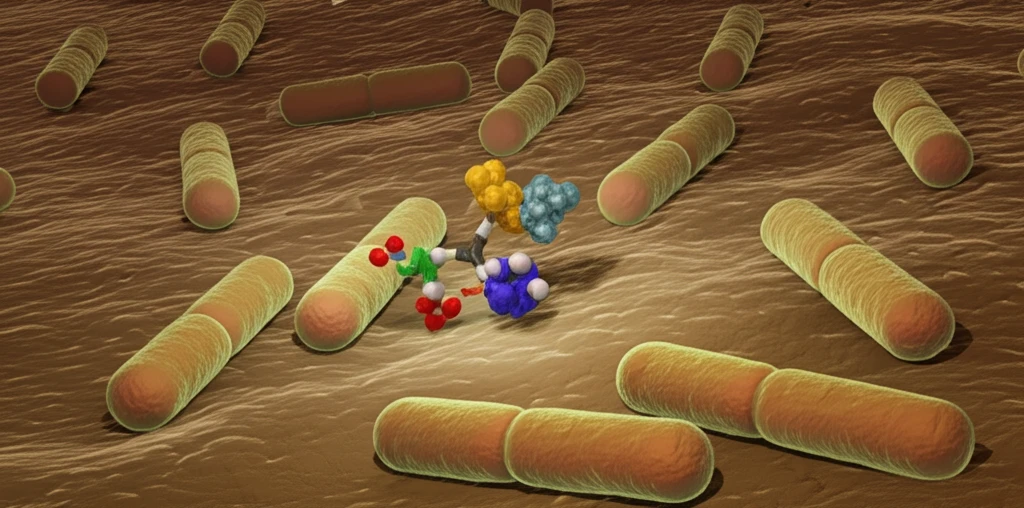
Starve a Cold, Starve TB? How a New Metabolic Strategy Could Help Conquer Tuberculosis
"Researchers discover a key metabolic adaptation in Mycobacterium tuberculosis that could lead to new, more effective therapies for this persistent disease."
Tuberculosis (TB), a disease that has plagued humanity for centuries, remains a global health crisis. Its resilience stems from the ability of the causative agent, Mycobacterium tuberculosis (Mtb), to persist in the human body for years, often in a dormant, non-replicating state that is remarkably resistant to antibiotics. This latent form of TB affects over a billion people worldwide, serving as a vast reservoir for potential reactivation and transmission.
Current TB treatment regimens are lengthy and complex, requiring the administration of multiple drugs for at least six months. This prolonged course not only poses logistical challenges but also contributes to the rise of drug-resistant strains, further complicating the fight against this deadly disease. Finding ways to shorten treatment duration and improve drug efficacy is therefore a critical priority.
Now, a groundbreaking study published in Cell Chemical Biology sheds new light on how Mycobacterium tuberculosis adapts to survive in low-oxygen environments, a state often encountered within the human host. By identifying key metabolic pathways essential for the survival of these non-replicating bacteria, the researchers have uncovered a potential new strategy for developing more effective TB therapies.
Unmasking the Metabolic Secrets of Dormant TB

The research team, led by Christopher M. Sassetti at the University of Massachusetts Medical School, employed a comprehensive genetic screening approach to identify genes essential for the survival of Mtb under hypoxic (low-oxygen) conditions. They created a highly saturated library of Mtb mutants and subjected them to prolonged hypoxic stress, tracking which mutants thrived and which ones faltered. This "transposon sequencing" (TN-seq) strategy allowed them to pinpoint the genes crucial for adapting to and surviving in a low-oxygen environment.
- Reductive TCA Reactions: Under hypoxic conditions, Mtb relies on reductive TCA reactions to regenerate NAD+, a crucial molecule for energy production and maintaining cellular function.
- Malate Dehydrogenase (Mdh): This enzyme is a key component of the reductive TCA pathway, facilitating the conversion of malate to succinate.
- Mt-Pat's Role: The protein acetyltransferase Mt-Pat promotes reductive TCA reactions in hypoxia.
A New Hope for TB Treatment?
These findings offer a promising new avenue for developing more effective TB therapies. By targeting the Mtb's metabolic adaptations to hypoxia, specifically the reductive TCA pathway and the enzyme Mdh, researchers hope to develop drugs that can kill dormant bacteria and shorten treatment times. The study also revealed structural differences between human and mycobacterial Mdh, suggesting that it may be possible to design drugs that selectively inhibit the bacterial enzyme without harming the host.
